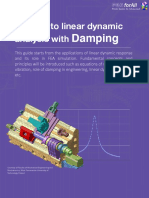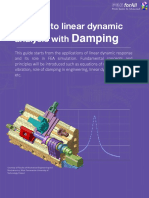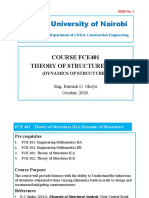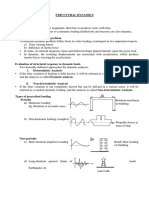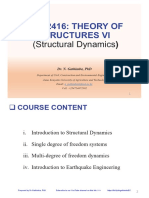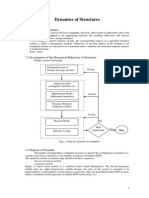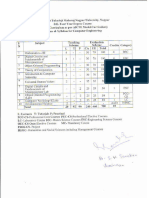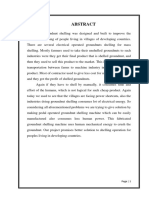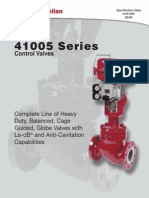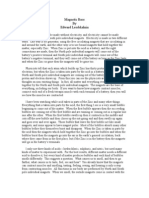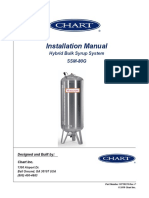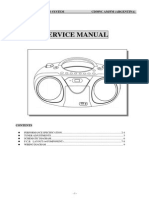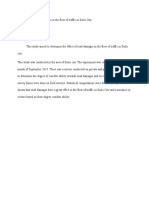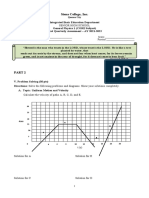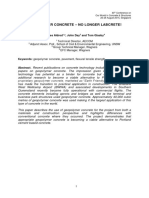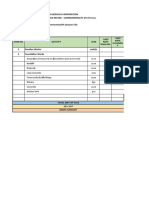0% found this document useful (0 votes)
167 views14 pagesDynamic Analysis Guide PDF
This guide provides an introduction to linear dynamic analysis with damping. It discusses fundamental concepts such as equations of motion, types of vibration, and the role of damping in engineering. Linear dynamic analysis techniques are also introduced. The guide starts from applications of linear dynamic response and its role in finite element analysis simulations.
Uploaded by
PankajDhobleCopyright
© © All Rights Reserved
We take content rights seriously. If you suspect this is your content, claim it here.
Available Formats
Download as PDF, TXT or read online on Scribd
0% found this document useful (0 votes)
167 views14 pagesDynamic Analysis Guide PDF
This guide provides an introduction to linear dynamic analysis with damping. It discusses fundamental concepts such as equations of motion, types of vibration, and the role of damping in engineering. Linear dynamic analysis techniques are also introduced. The guide starts from applications of linear dynamic response and its role in finite element analysis simulations.
Uploaded by
PankajDhobleCopyright
© © All Rights Reserved
We take content rights seriously. If you suspect this is your content, claim it here.
Available Formats
Download as PDF, TXT or read online on Scribd
/ 14



